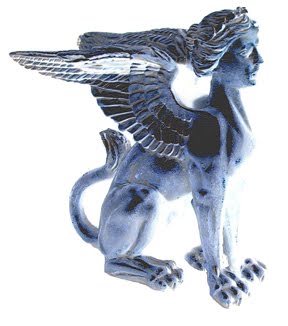

A section of the old road is called the
archaeological promenade, and here a
sense of the ancient Appian Way is evoked.

The cobblestones are said to
still show the ruts carved by
centuries of carts and chariots.

Many ancient tombs are hidden behind
the high garden walls of private villas.
There is a strange mingling of
the romantic and the everyday,
with hybrid ruins grafted over time.

The Casal Rotondo is a residence built
on the top of an ancient funerary monument.

The Torre Selce is a tower built in the 12th century
on the base of a tomb from the Roman era.

The tomb of Cecilia Metella was converted
into a medieval castle and fortress.

Now it’s a tourist attraction.

There is surprisingly little graffiti on the Appian Way.

In fact, there is very little interpretative
signage or tourist infrastructure.



In the 19th century the first systematic excavation, documentation,
and restoration of the Appian Way occurred.

A strip of land along each side of the road was
enclosed with low stone walls and hedges.

Pines and cypress trees were planted.

Countless monuments, shrines, sculptures, inscriptions,
and marble fragments were unearthed.
Some were taken to museums.

Replicas were substituted in their place.

Smaller pieces were gathered up, fixed into new
brick walls, and displayed along the roadway.


Nowadays, much has been stripped
from even the restorations,
leaving only enigmatic rubble.

Yet the character of the Appian Way remains true
to its ancient role as a place of display.

Once a funerary promenade, now an
archaeological drive-through park.


Now the road begins to show signs of more recent paving.

Then even this road surface begins to break up.

Crosses the great encircling ring road.

The Appian Way gradually emerges from
its antique fantastical dream, and the
modern world begins to intrude.

Towards the end, the old road is
unmaintained. The wreckage of time
mixes with another kind of debris.

Finally it is blocked to vehicles.

The Appian Way becomes a place where men
wait, to meet in eternal assignation.




















































































